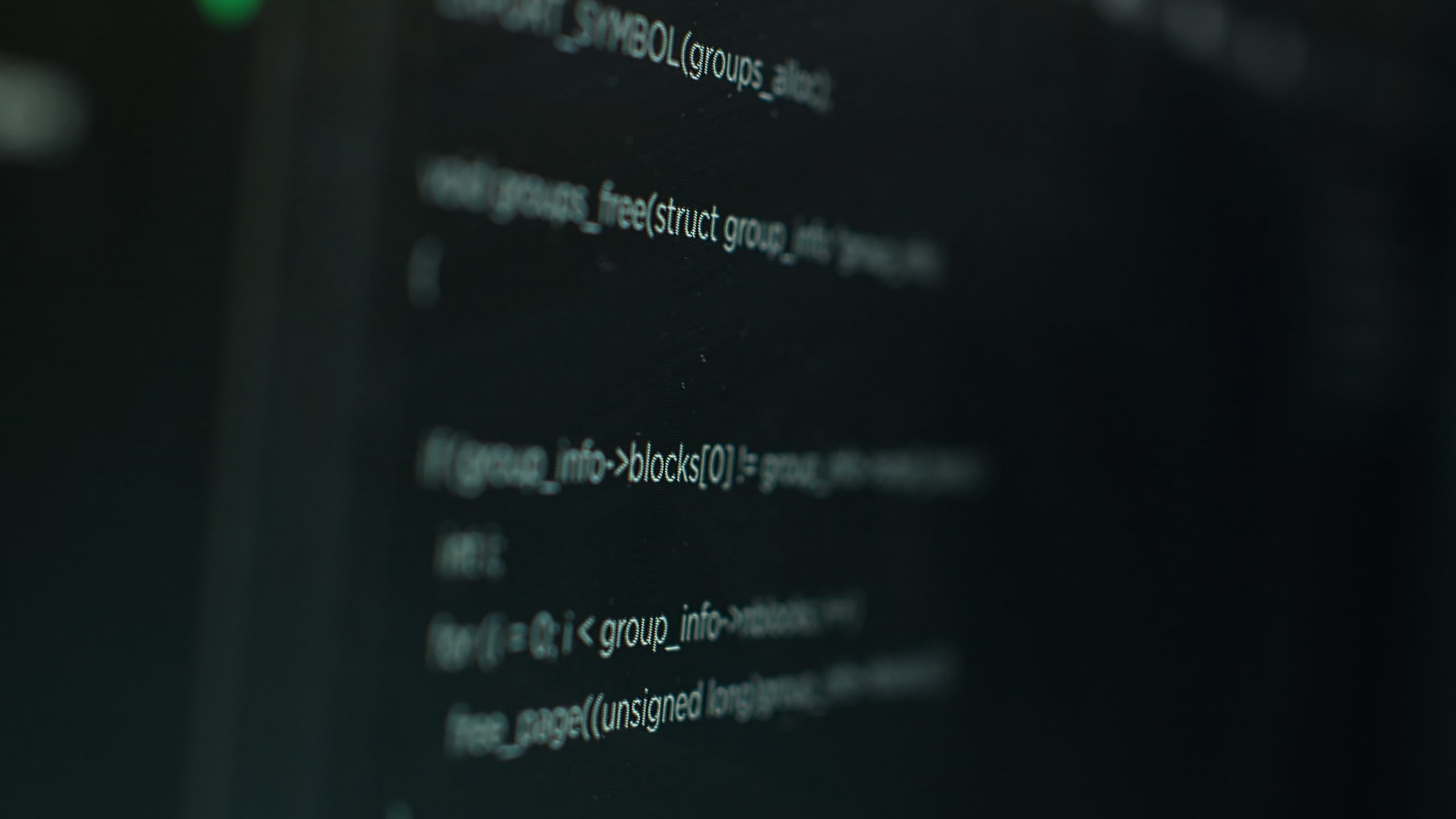The software development lifecycle (SDLC) is a structured process that guides development teams in creating excellent-quality software successfully and cost-effectively.
User-Centric
Design
User-Centric Design
Link Copied
- February 16, 2024
Some time ago, we delved into the trends of web application development. Let’s revisit the fact that CERN, the very first website, went live in November 1992. Given the plethora of modern technologies today, it’s hard to fathom that websites were entirely text-based back then. Nevertheless, it was an exciting and groundbreaking era.
Fast forward to 2023, and the web has undergone tremendous evolution. Web development has become a dominant and lucrative field, with increasing numbers of individuals learning to code each year and eagerly seeking job opportunities. Being a web developer implies being considered cool, intelligent, and potentially wealthy. Right? But Is it true?
Completing a web development course isn’t sufficient to become proficient and deeply understand web application development trends. It’s an ongoing journey of continuous learning, adaptation, and staying abreast of evolving trends, as they tend to change rapidly. In this article, we’ll explore some of the latest web application development trends so that you can stay ahead of the curve. But first, let’s clarify the distinction between web applications and websites.
Web Apps vs. Websites
A web application is a software program that operates within a web browser. These applications enable users to access and utilize complex functionalities, such as searching, shopping carts, messaging, etc., without the need to download or install any programs.
Illustrations:
Amazon, YouTube, Facebook. An online site could be a set of associated web pages with pictures, content, sound, and video. It can comprise one or various pages so clients can see and peruse the given substance, for instance Elite Dev Squad’s Blog page.

Now that we’ve clarified the distinction between those two terms, we’re ready to finally move on to the trends in web application development.
Multi Involvement
“Multi-experience” refers to providing a seamless user experience across various touchpoints. This means designers must now consider how users interact with their applications, whether through voice, touch, gesture, or even augmented reality. Creating a unified user experience across all these touchpoints can be challenging, but it is essential in today’s multi-experience world.
Multi-experience is a significant trend in web application development. However, it also encompasses other important trends. Let’s discuss some of them.
Progressive Web Applications
When responsiveness isn’t enough, progressiveness becomes crucial. Progressive web apps (PWAs) are web applications that look and feel like native mobile apps, even though they are accessed through a web browser. These applications aim to provide a native-like user experience with faster loading times.
PWAs are designed to be fast and capable of functioning offline seamlessly across various devices. As a result, they adapt to any screen size and browser. Major companies like Facebook, Uber, Spotify, and others have already embraced PWAs, and there’s no indication that they’ll abandon this concept anytime soon.
Optimized Voice Search
Google introduced voice search in 2011, but this feature is still gaining popularity among users. The voice search market is expected to grow to 11.2 billion by 2026, with 51% of consumers using voice-enabled devices to research products.

Voice search optimization involves a set of SEO techniques aimed at making your content more likely to appear in voice search results. It focuses on addressing common verbal queries in your content so that voice search assistants and virtual assistants present your page to users in voice search results.
Voice search presents a significant opportunity to capture organic search traffic across industries. By embracing voice search, companies can reach a new cohort of customers who rely on smartphones and smart speakers to discover businesses and make purchases.
AI Chatbots are at the forefront of Web Application Development Trends. The increasing use of natural language processing (NLP) and machine learning (ML) technologies is expected to revolutionize chatbots, making them more “human-like.” These advancements may lead to more conversational and engaging interactions between users and chatbots, enhancing the overall user experience and providing more personalized service. Here are some scenarios illustrating how AI chatbots can transform businesses across various industries:
eCommerce. Bots spare bolster managers’ time by taking over ordinary questions and advertising personalized administrations to clients;
Healthcare. More exact and personalized interviews, side effect examination, arrangement scheduling.
Fintech. Budget discussions, cost control.
When it comes to progress, prioritizing a user-centric approach is crucial for the success of any project. While we’ve only discussed three web application development trends, they all emphasize delivering a seamless user experience. As these trends in web application development evolve, they present exciting opportunities for businesses, their customers, and developers, creating a compelling and user-friendly digital experience.
Related Articles
Understanding SDLC Phases And Common Challenges in 2024
The software development lifecycle (SDLC) is a structured process that guides development teams in creating excellent-quality software successfully and cost-effectively.
Enhance Database Efficiency
This article discusses performance bottlenecks in databases and software services, explaining the issues and how to find and fix them.



